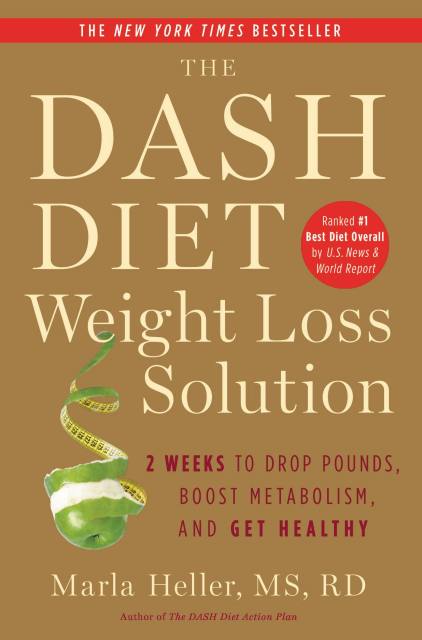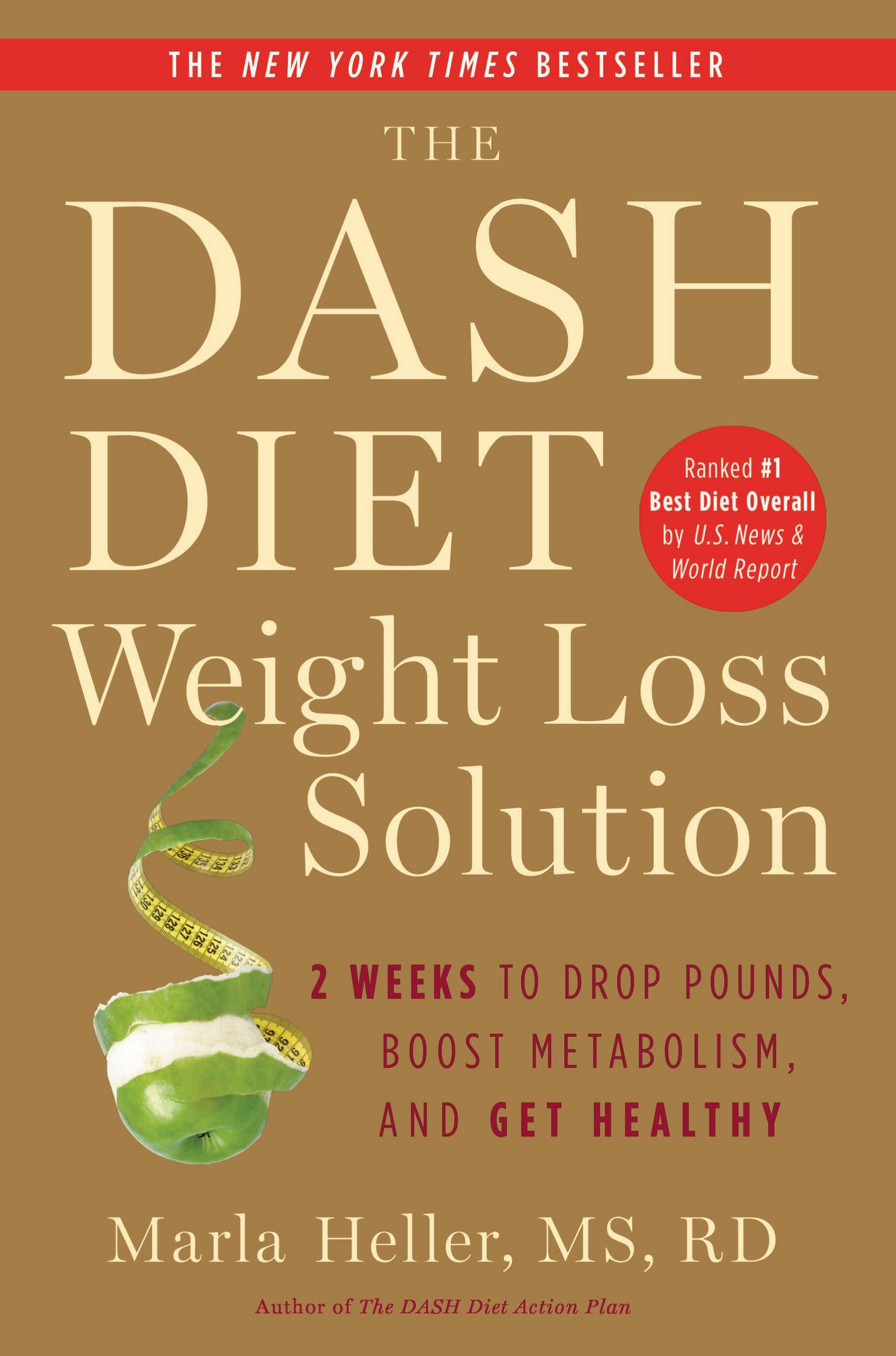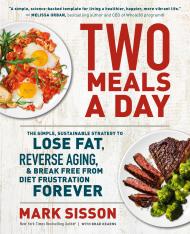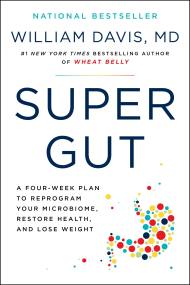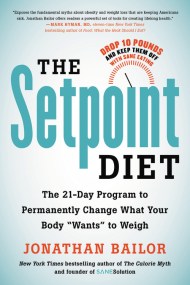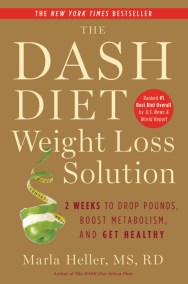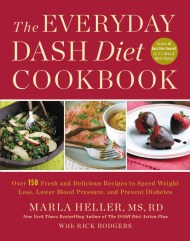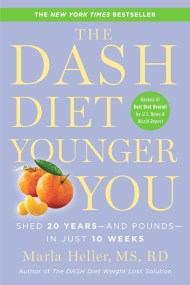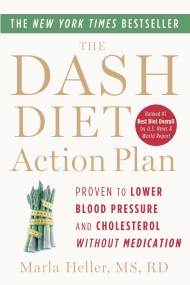Promotion
Use code BEST25 for 25% off storewide. Make sure to order by 11:59am, 12/12 for holiday delivery!
By clicking “Accept,” you agree to the use of cookies and similar technologies on your device as set forth in our Cookie Policy and our Privacy Policy. Please note that certain cookies are essential for this website to function properly and do not require user consent to be deployed.
The Dash Diet Weight Loss Solution
2 Weeks to Drop Pounds, Boost Metabolism, and Get Healthy
Contributors
By Marla Heller
Formats and Prices
- On Sale
- Dec 18, 2012
- Page Count
- 256 pages
- Publisher
- Balance
- ISBN-13
- 9781455512775
Price
$11.99Price
$15.99 CADFormat
Format:
- ebook $11.99 $15.99 CAD
- Audiobook Download (Unabridged)
- Trade Paperback $18.99 $23.99 CAD
This item is a preorder. Your payment method will be charged immediately, and the product is expected to ship on or around December 18, 2012. This date is subject to change due to shipping delays beyond our control.
Buy from Other Retailers:
New York Times bestselling author Marla Heller provides readers with a DASH diet program specifically for losing weight fast and keeping it off for good, named “#1 Best Diet Overall” by US News & World Report, for eight years in a row!
The Dash diet isn’t just for healthy living anymore-now it’s for healthy weight loss, too. Using the key elements of the Dash (Dietary Approaches to Stop Hypertension) diet and proven, never-before-published NIH research, bestselling author, foremost Dash dietitian and leading nutrition expert Marla Heller has created the most effective diet for quick-and lasting-weight loss. Based on the diet rated the #1 Best Overall Diet by Us News & World Report, this effective and easy program includes menu plans, recipes, shopping lists, and more. Everything you need to lose weight and get healthy!
With a diet rich in fruits, vegetables, low-fat and nonfat dairy, lean meats, fish and poultry, nuts, beans and seeds, heart healthy fats, and whole grains, you will drop pounds and revolutionize your health, while eating foods you love. In just 2-weeks you’ll experience:
- Faster metabolism
- Lower body fat
- Improved strength and cardiovascular fitness
- Plus lower cholesterol and blood pressure without medication, without counting calories!
As effective as the original DASH is for heart health, the program is now formulated for weight loss!
Series:
Newsletter Signup
By clicking ‘Sign Up,’ I acknowledge that I have read and agree to Hachette Book Group’s Privacy Policy and Terms of Use
